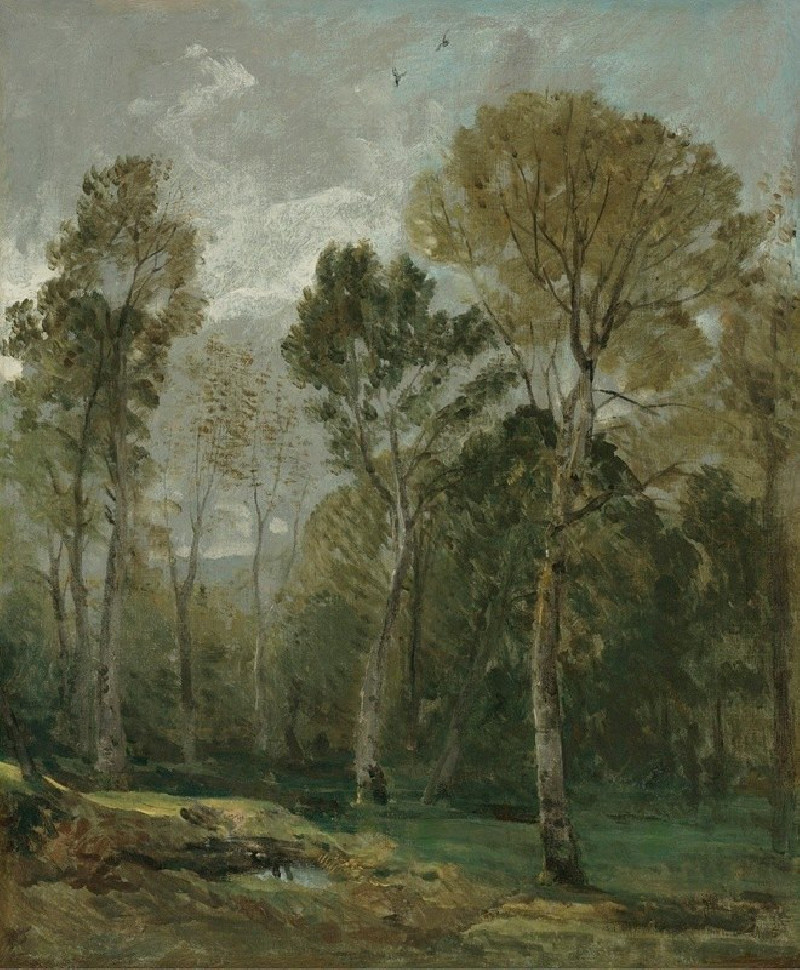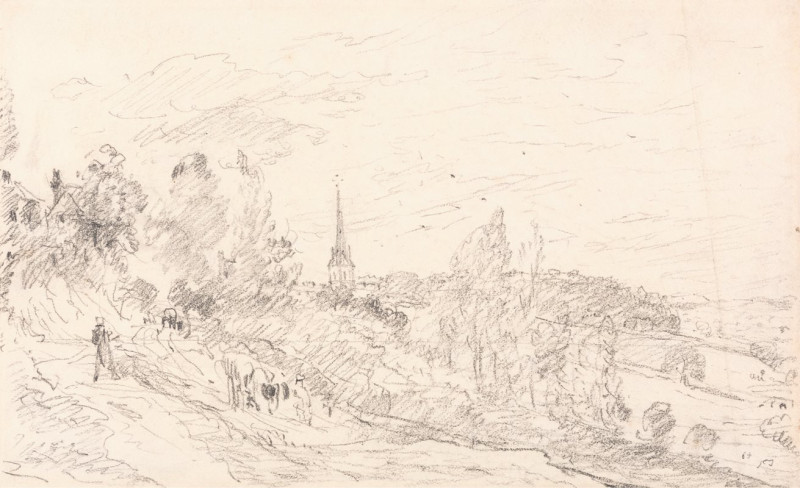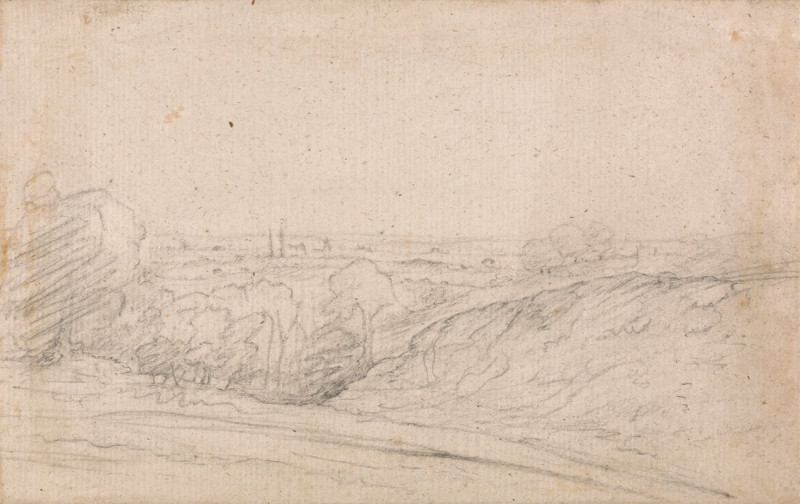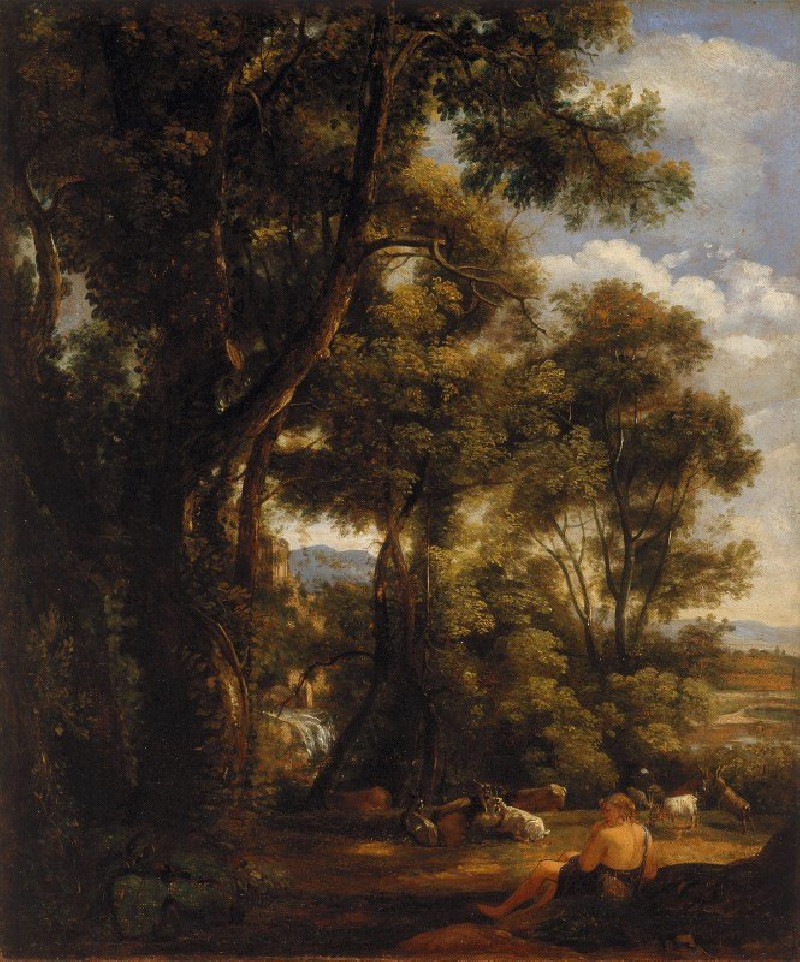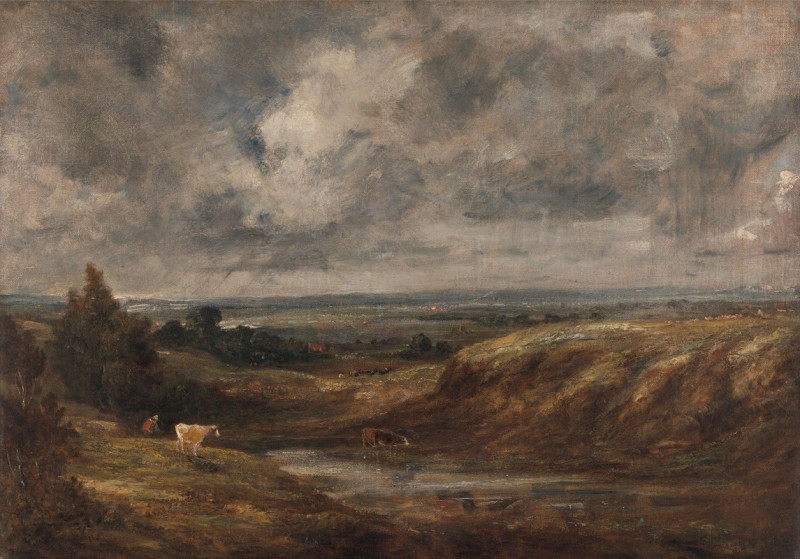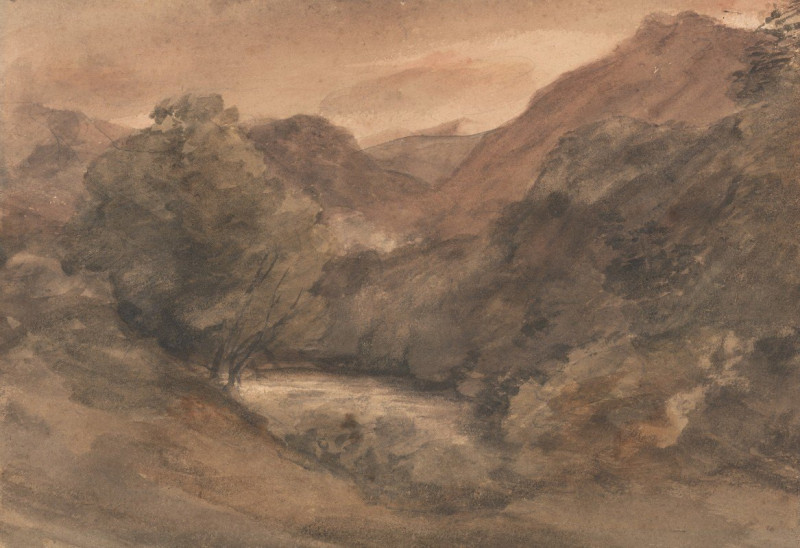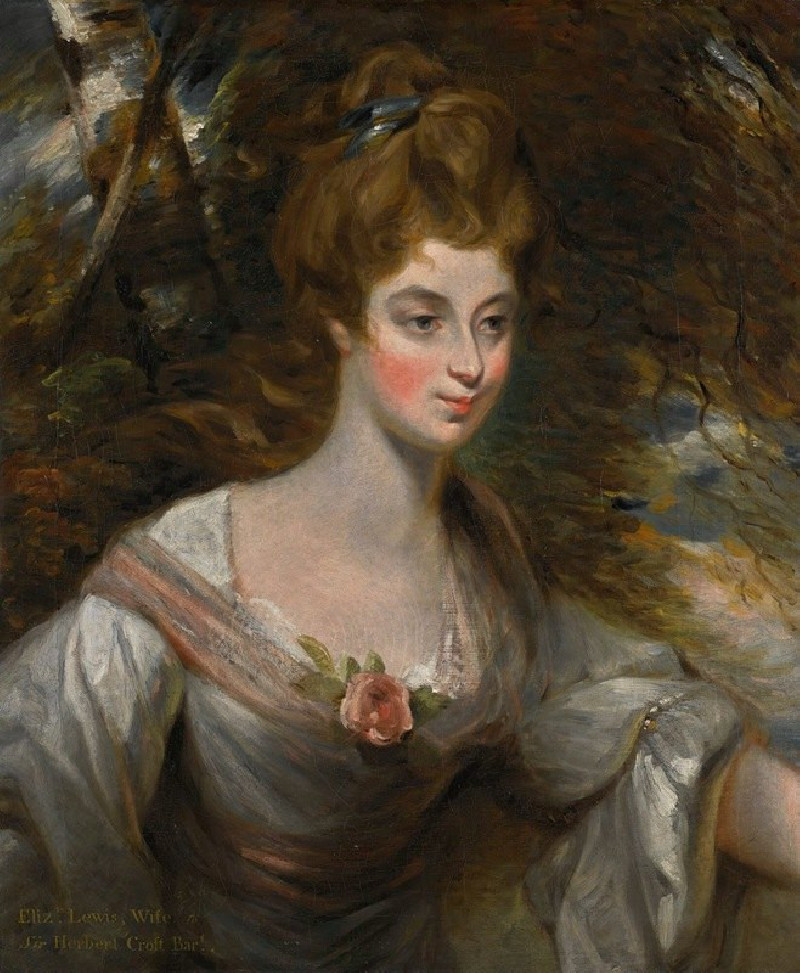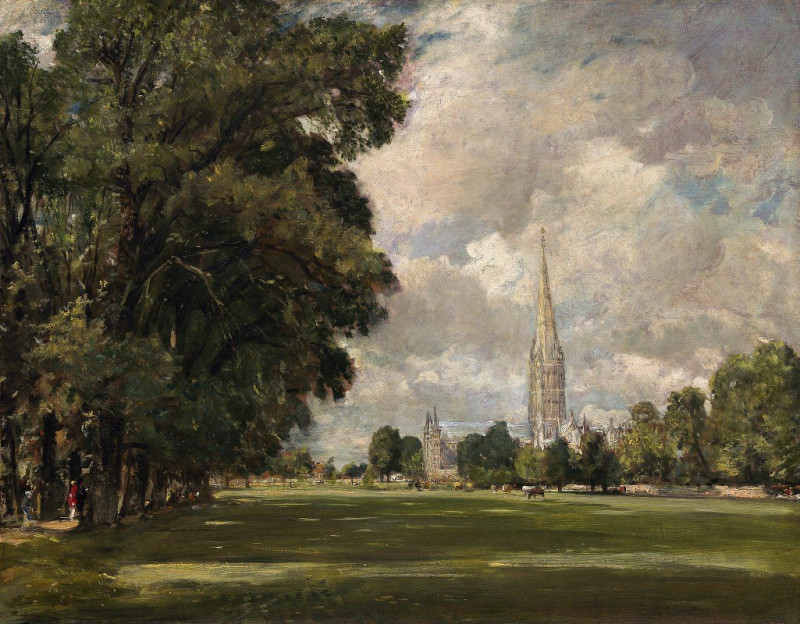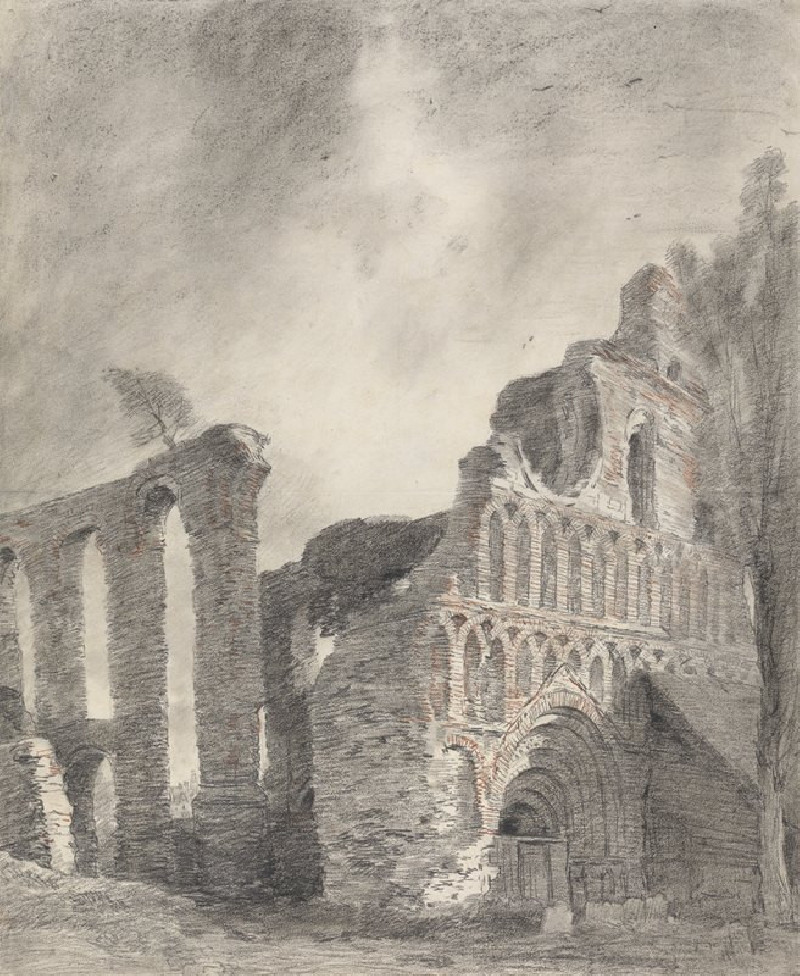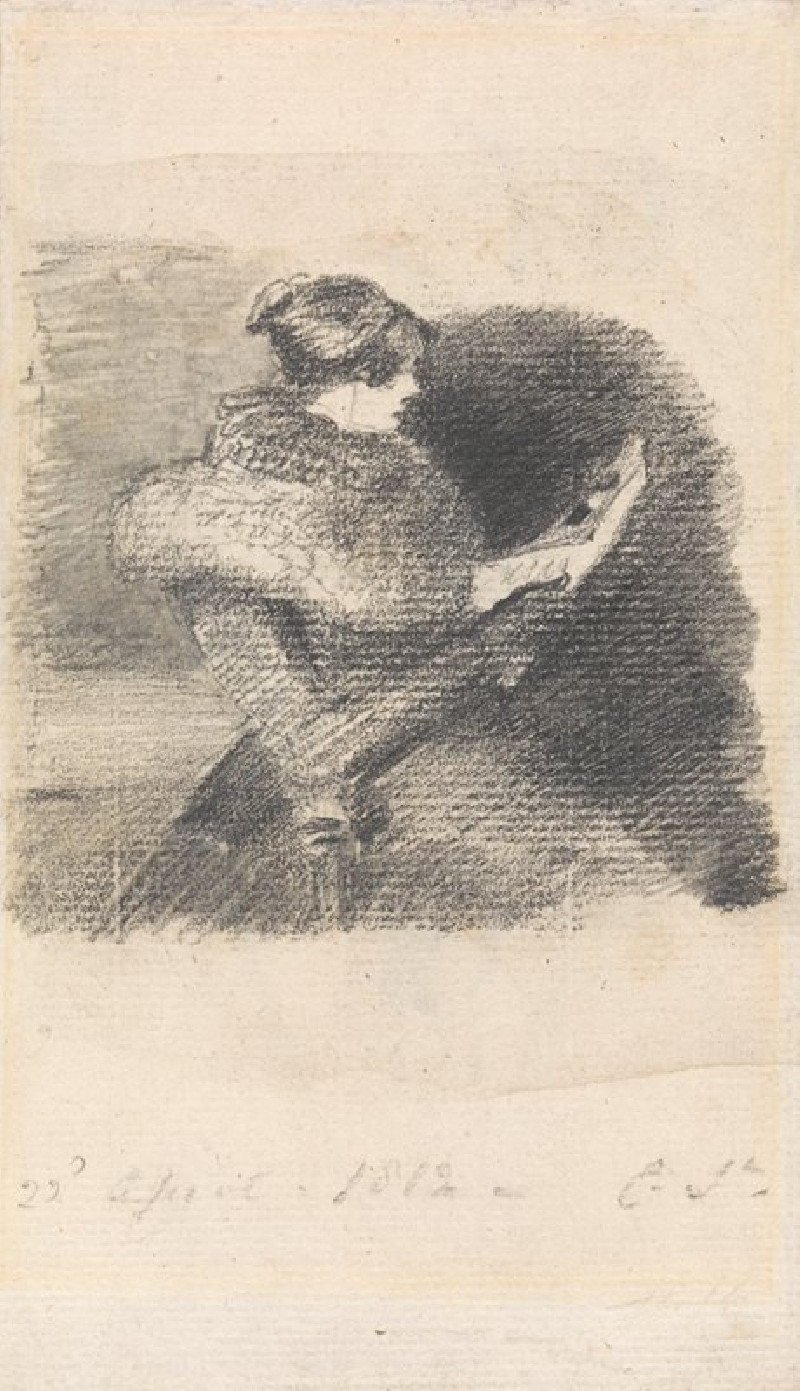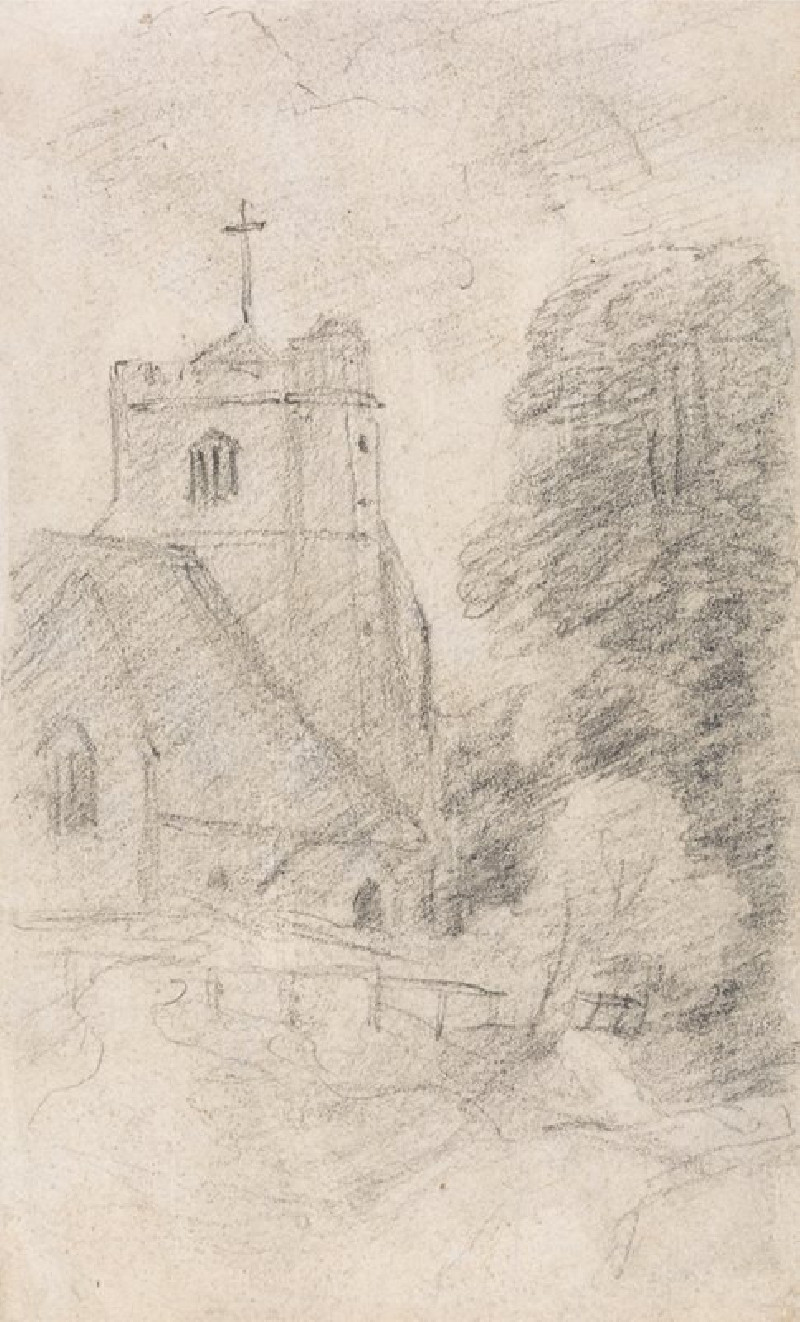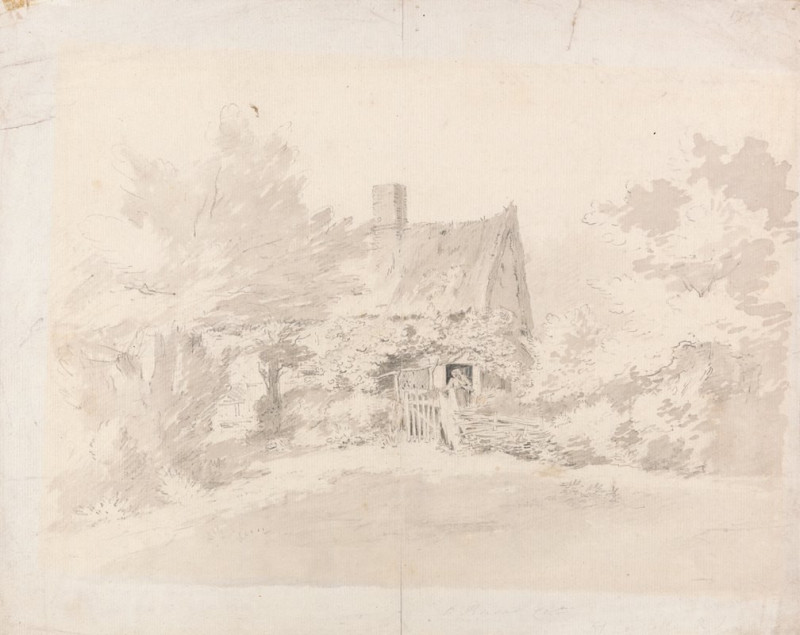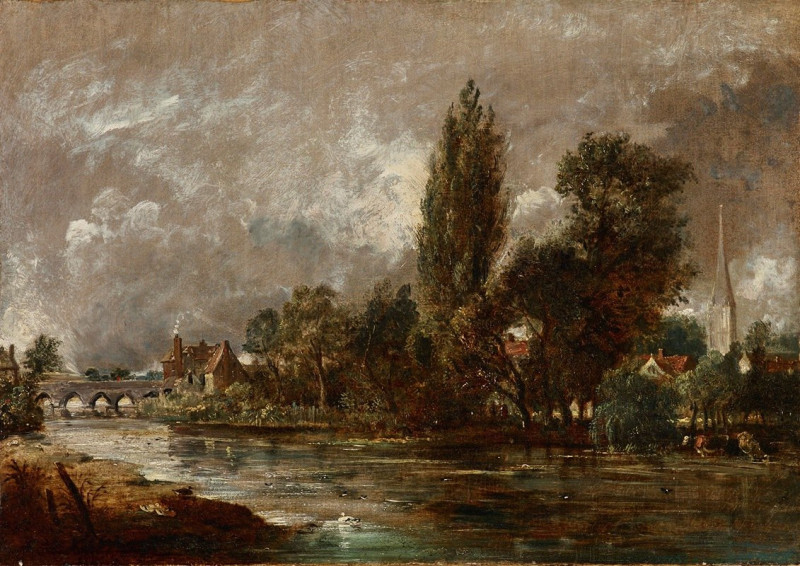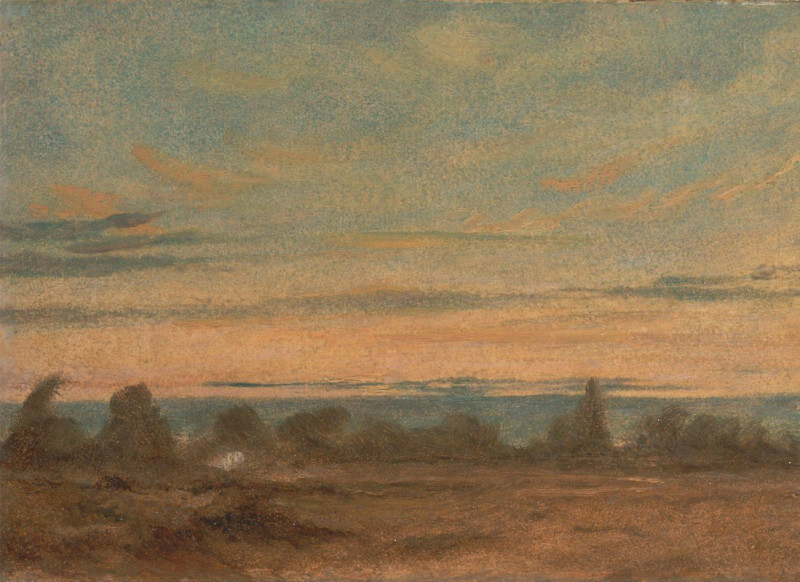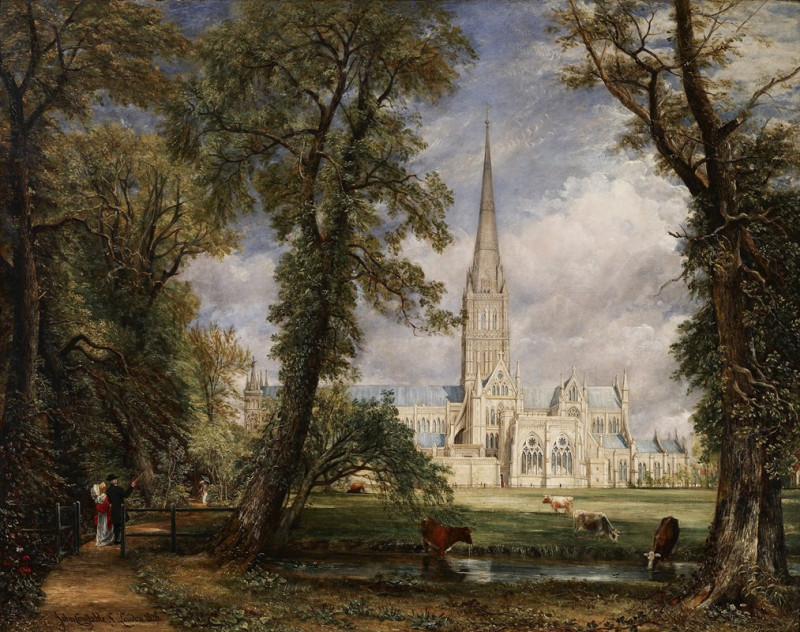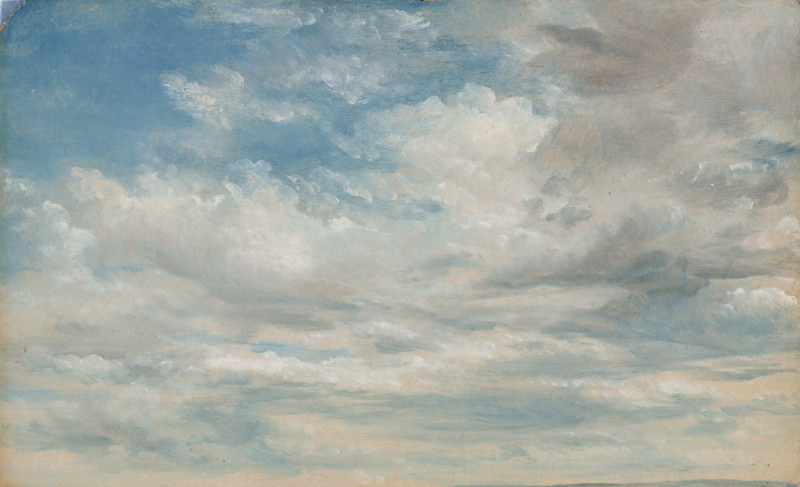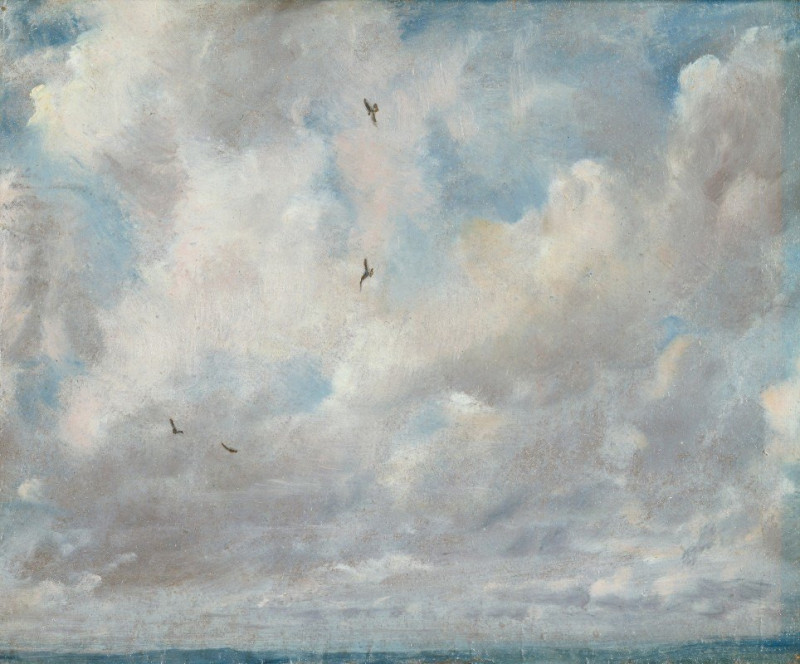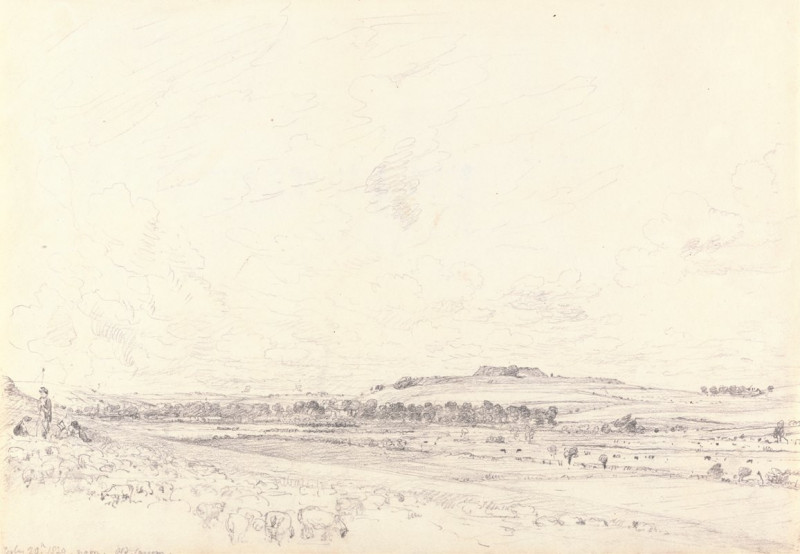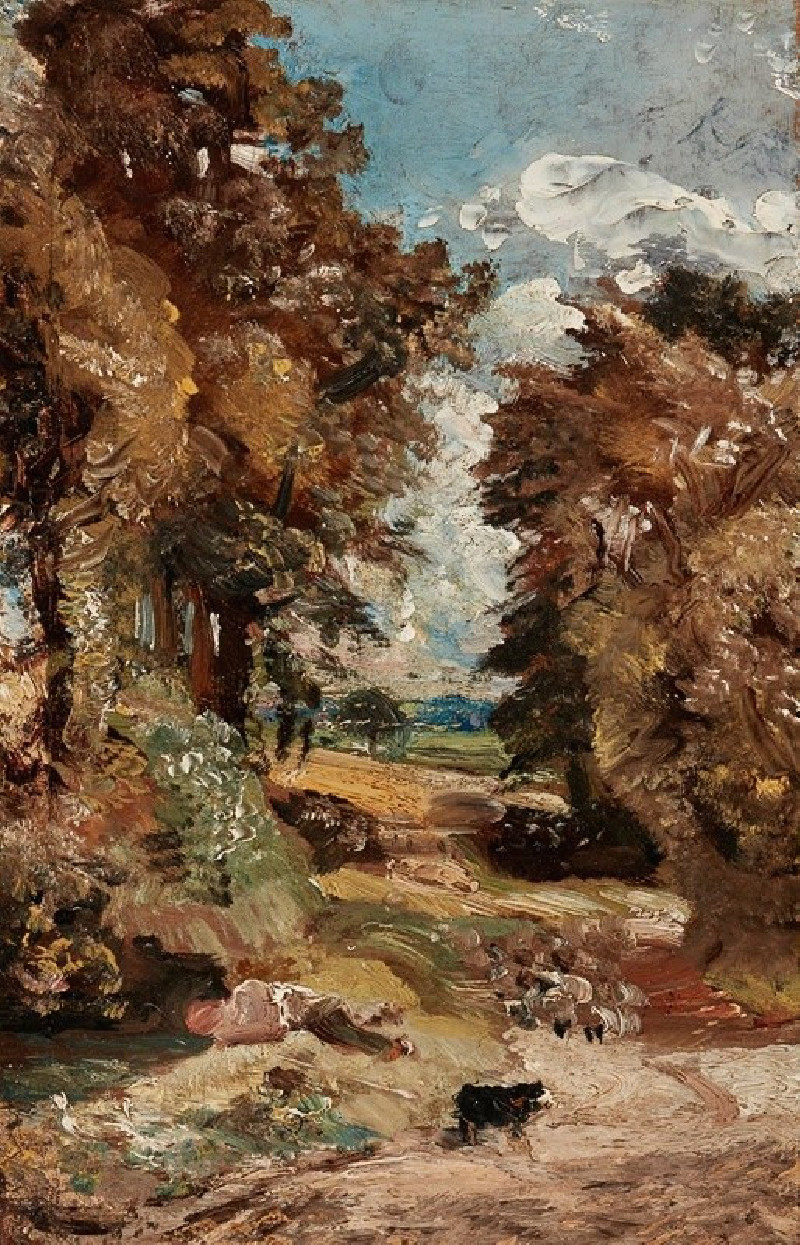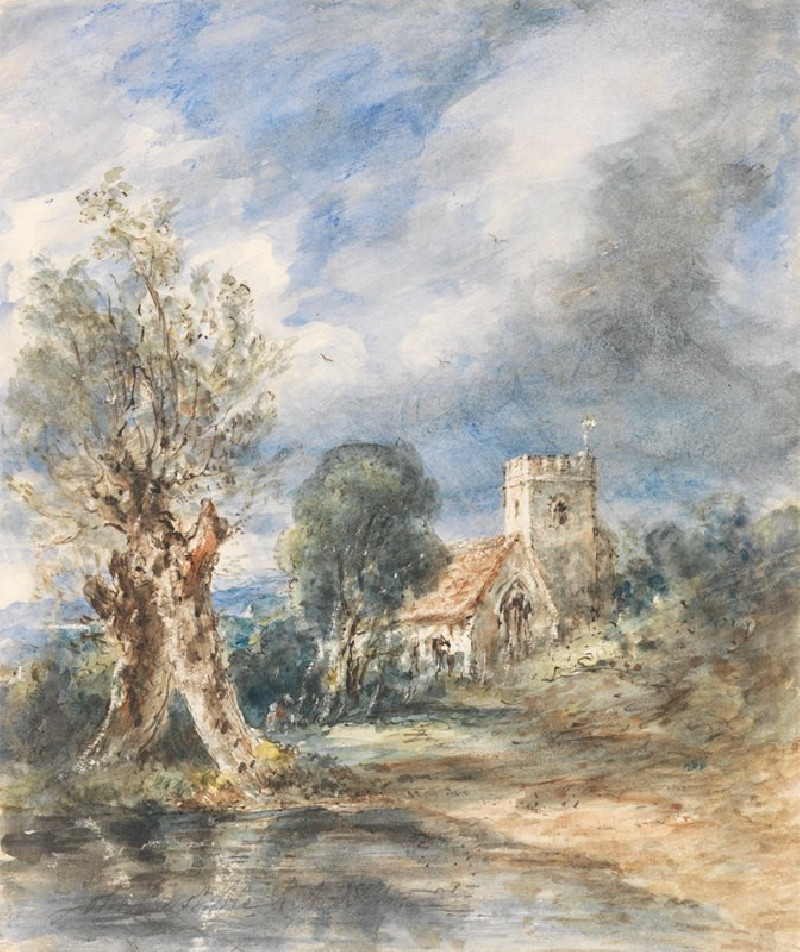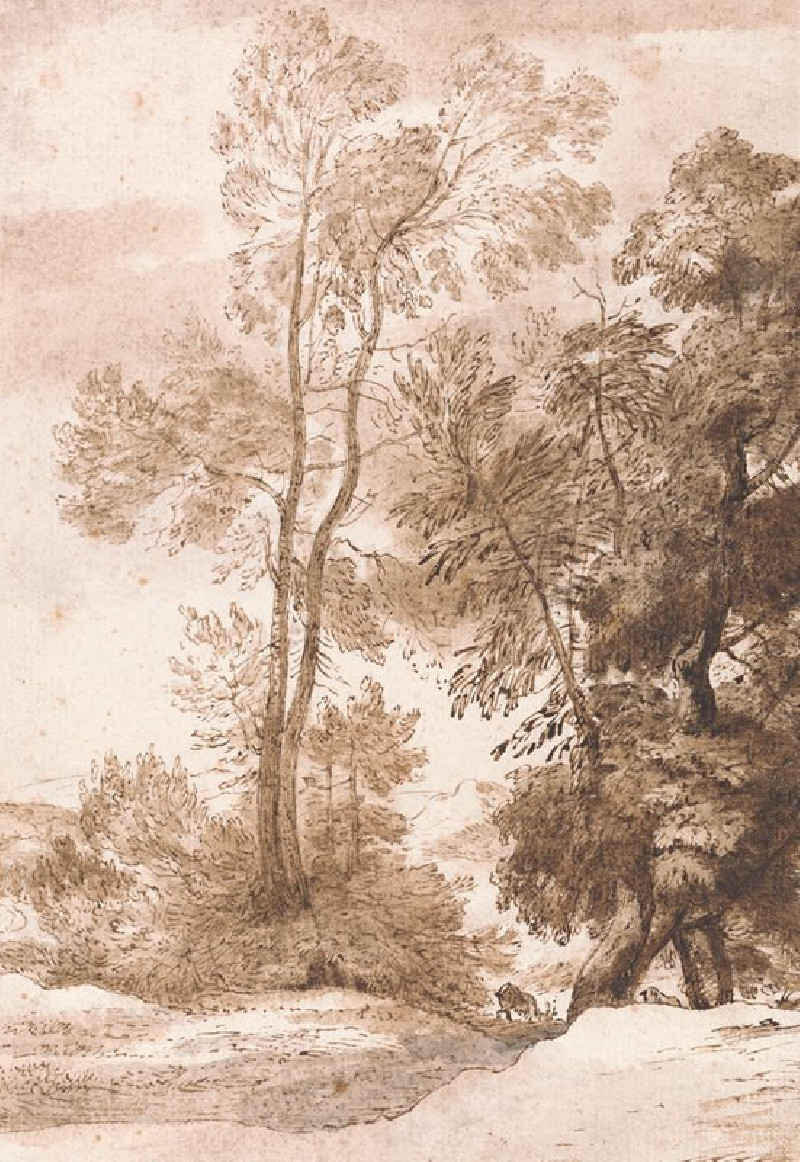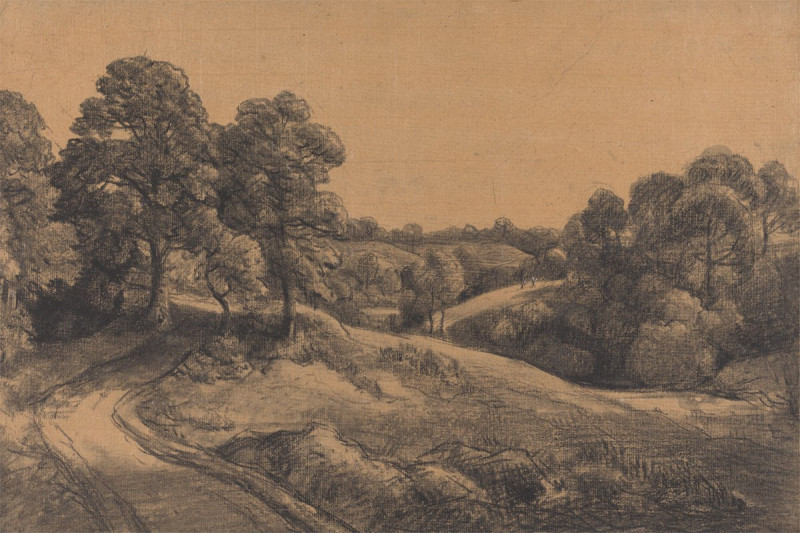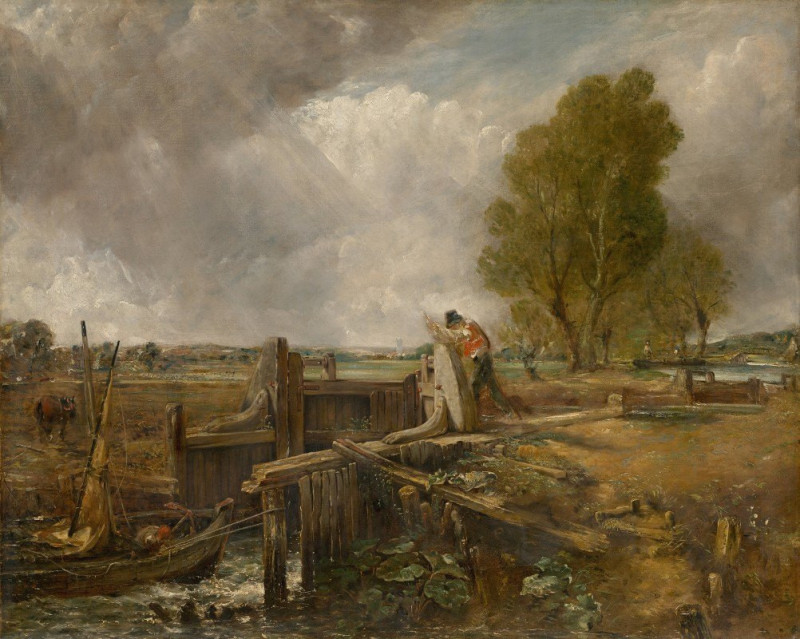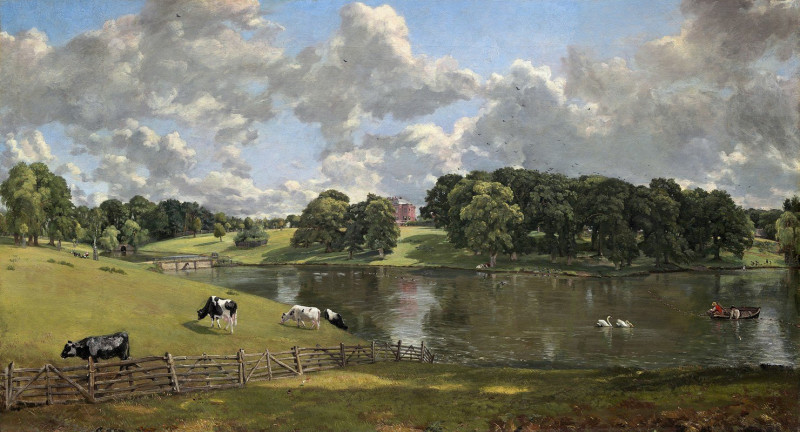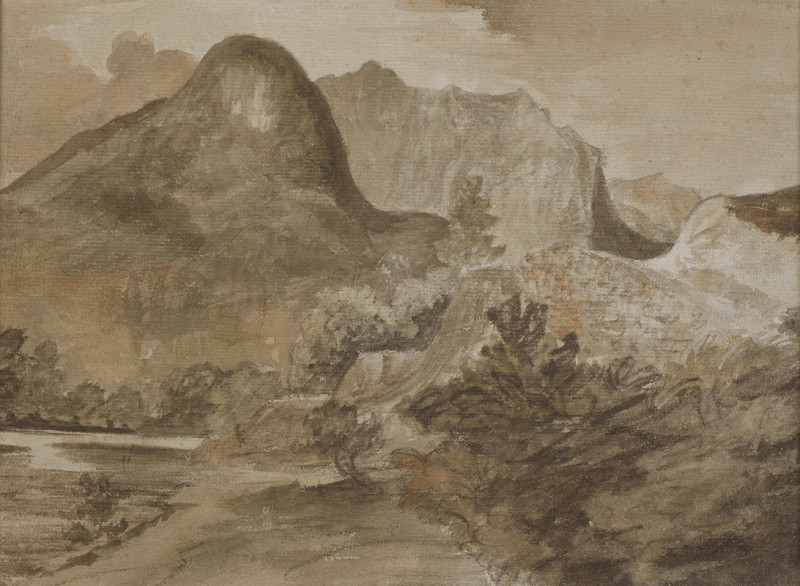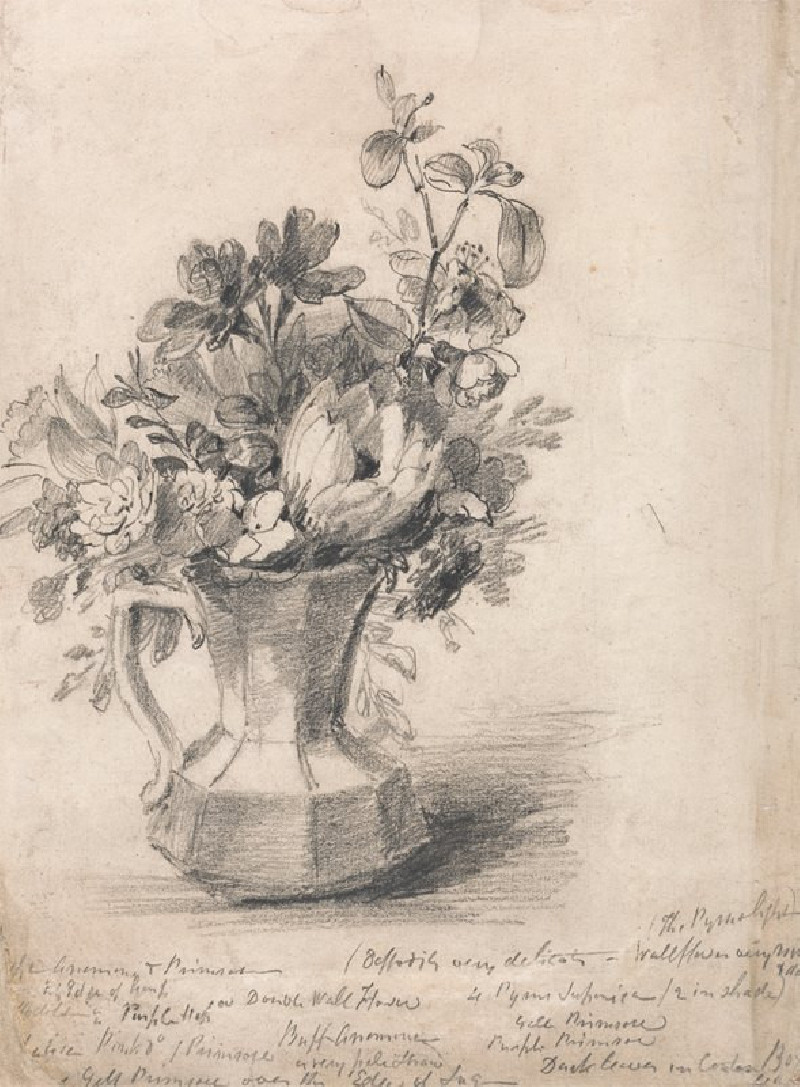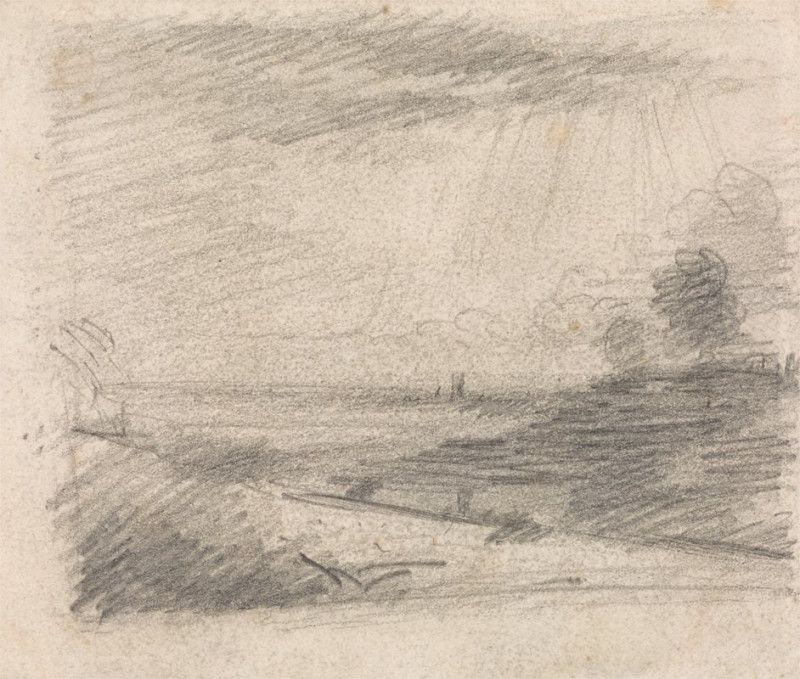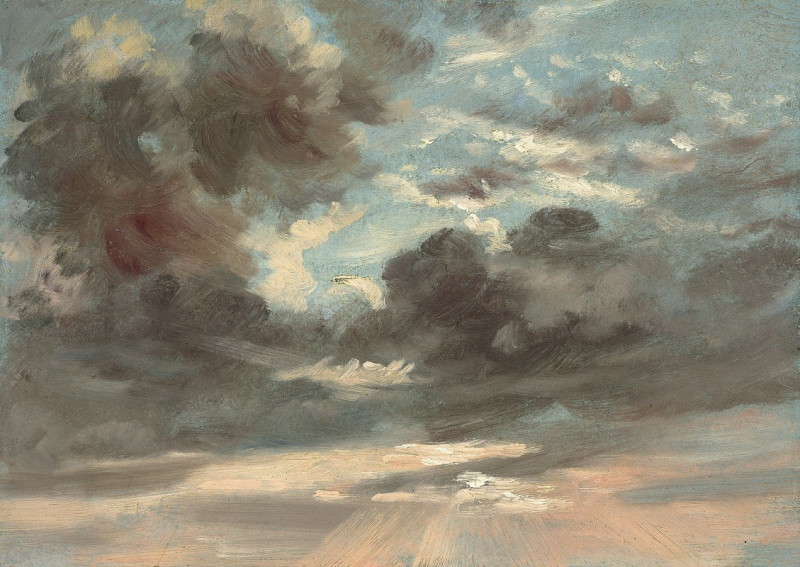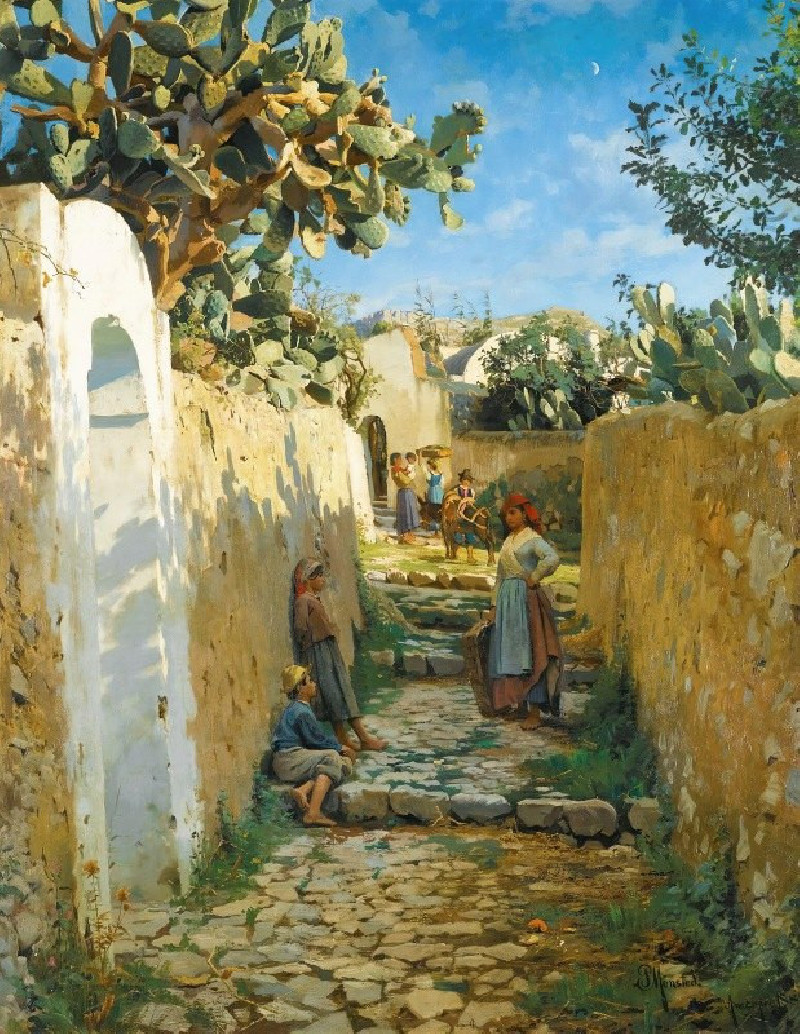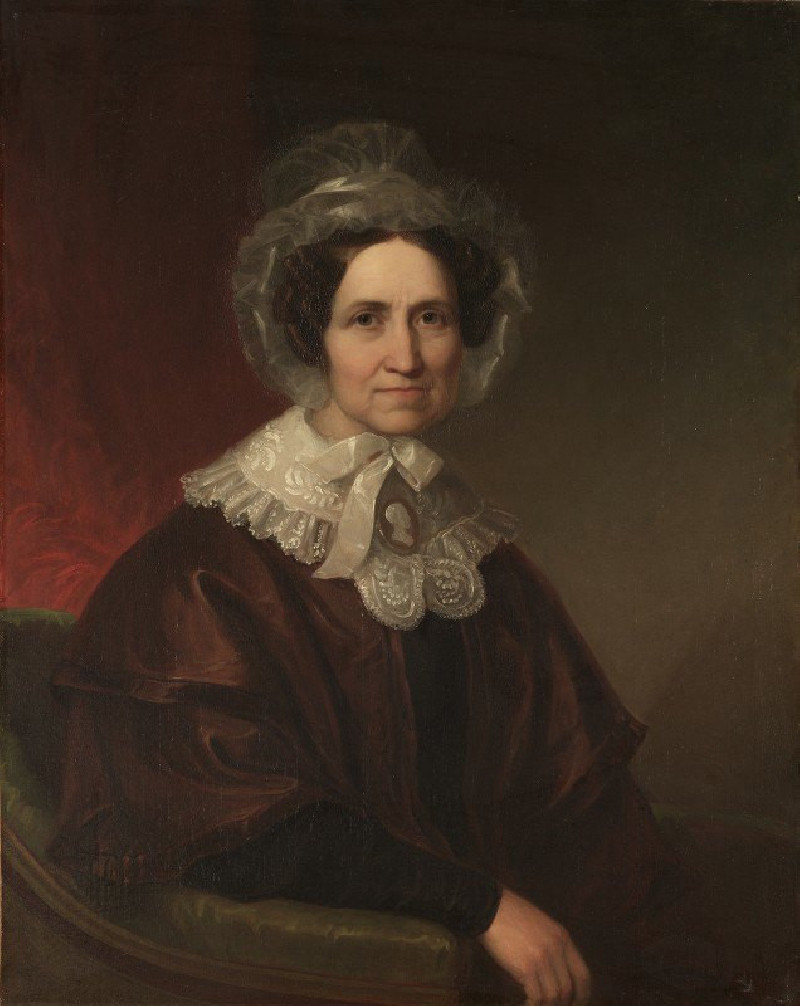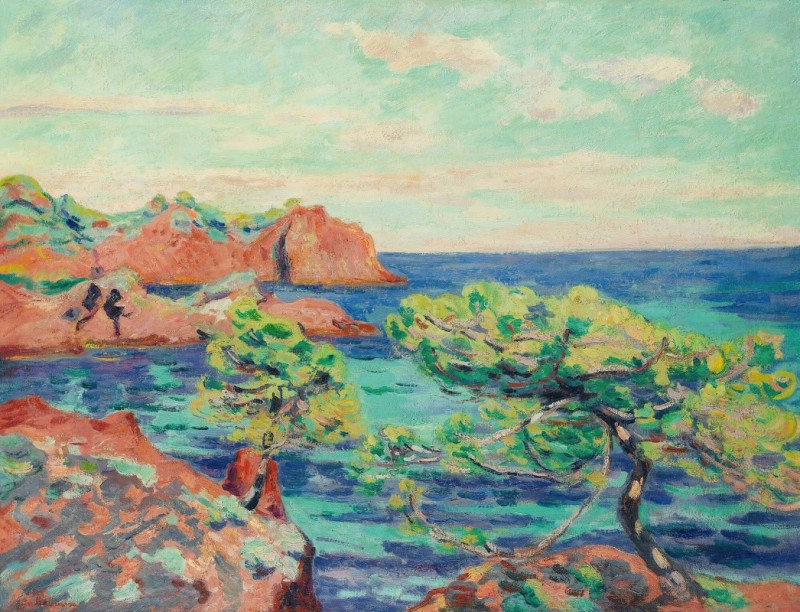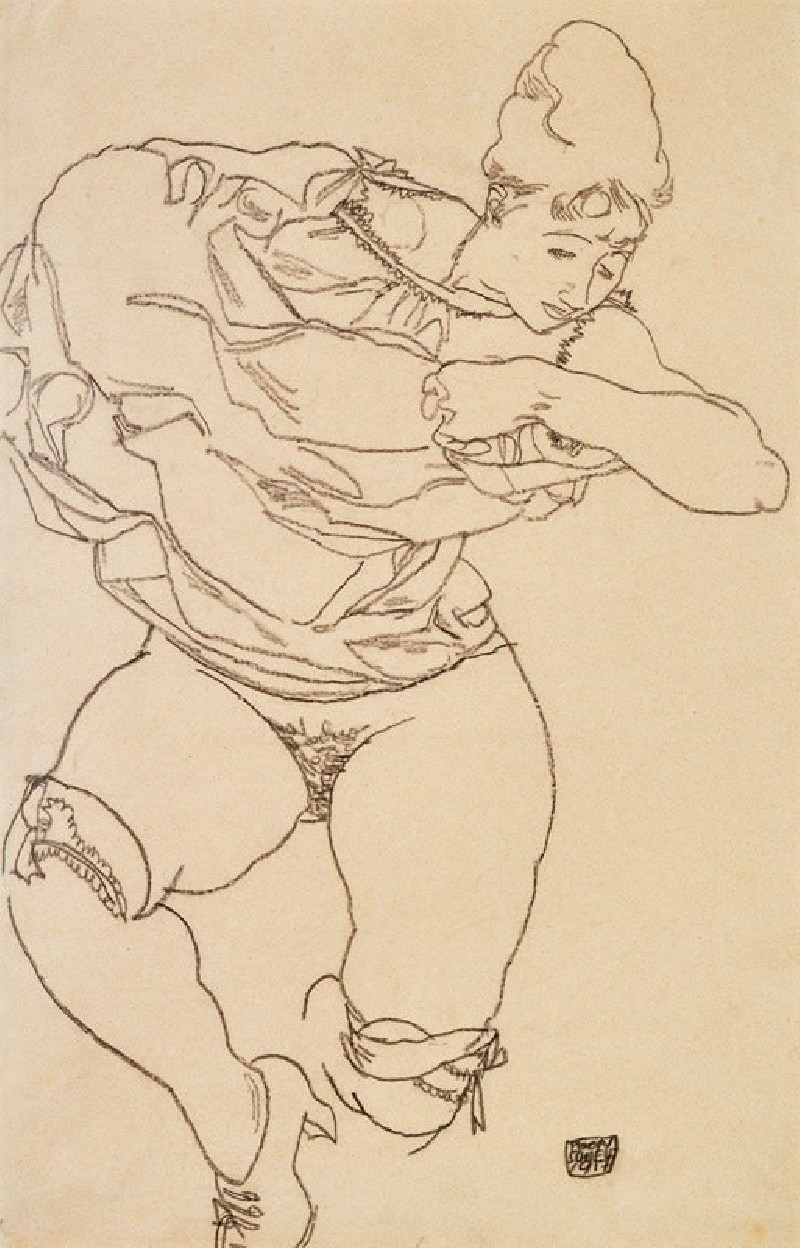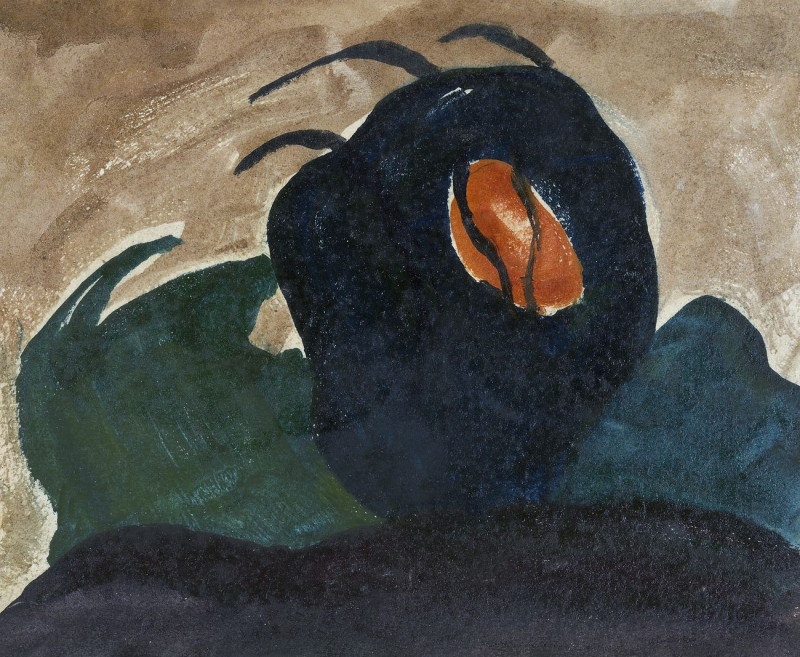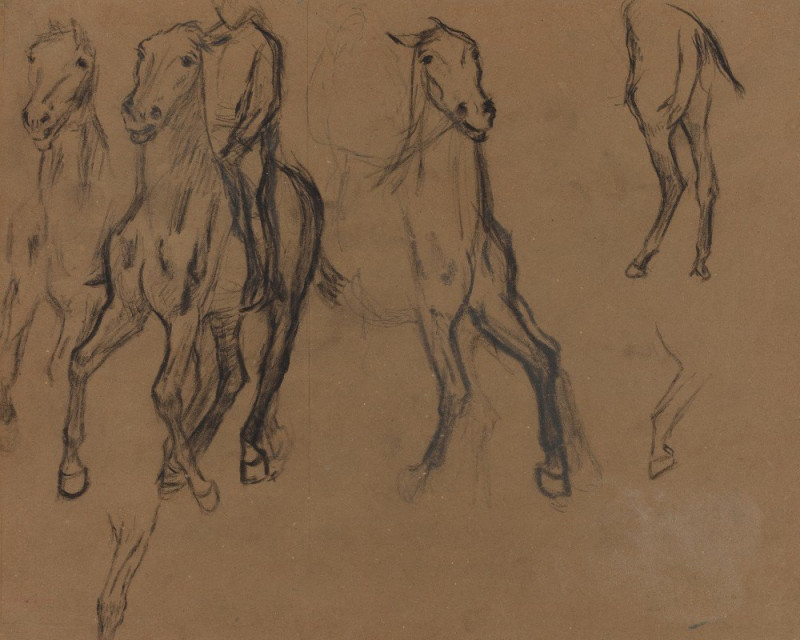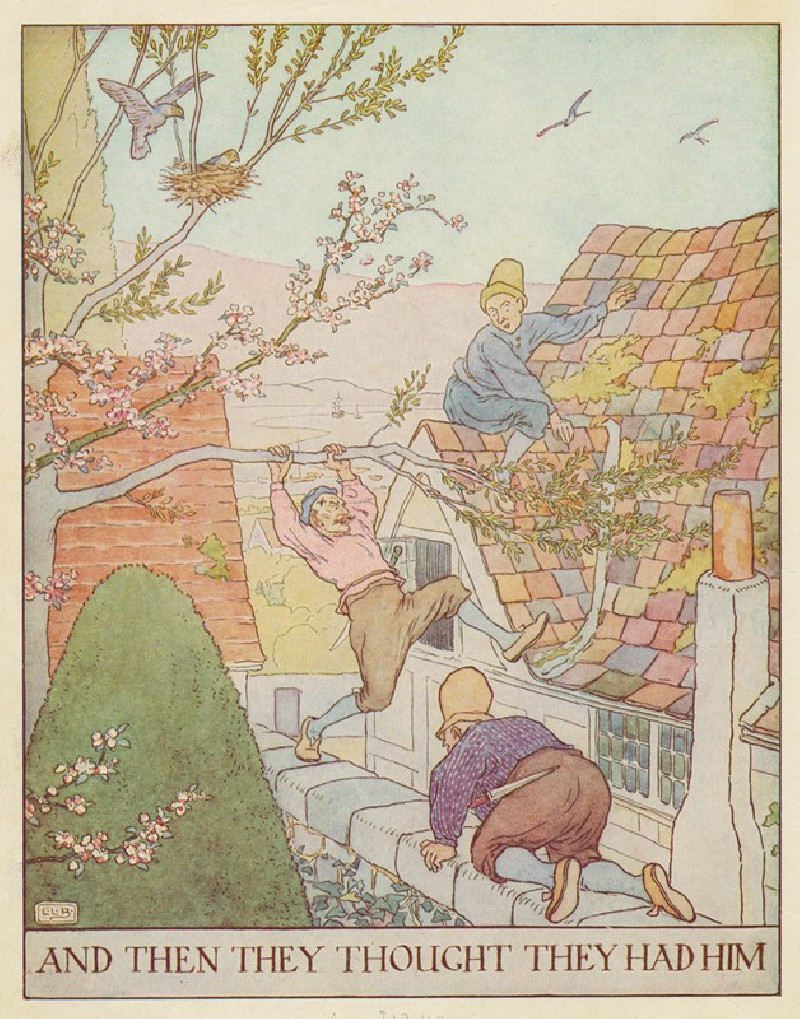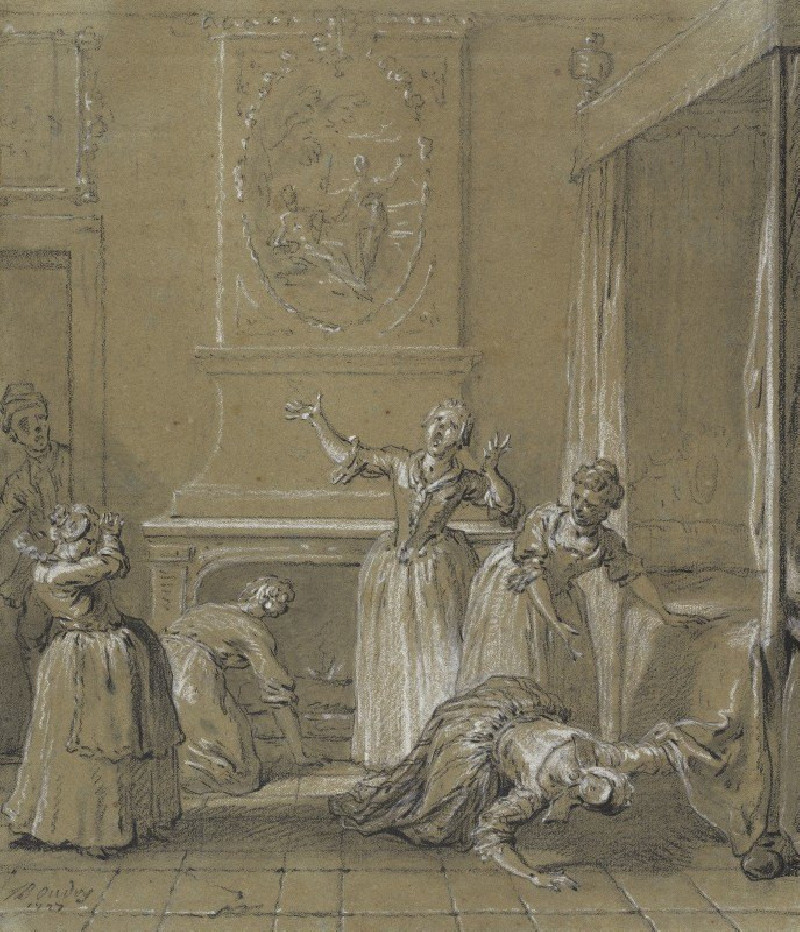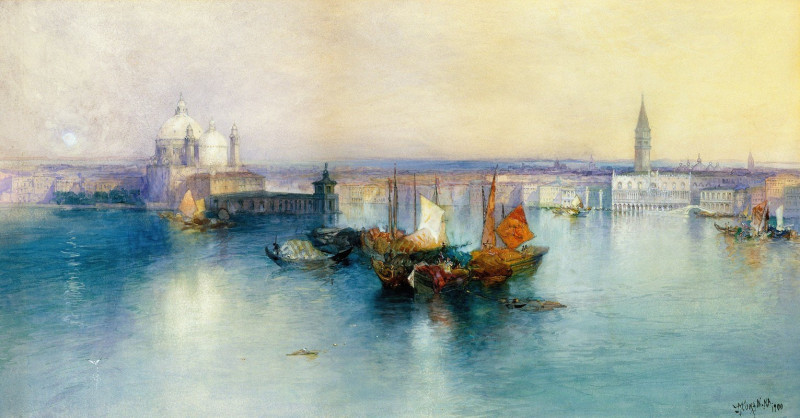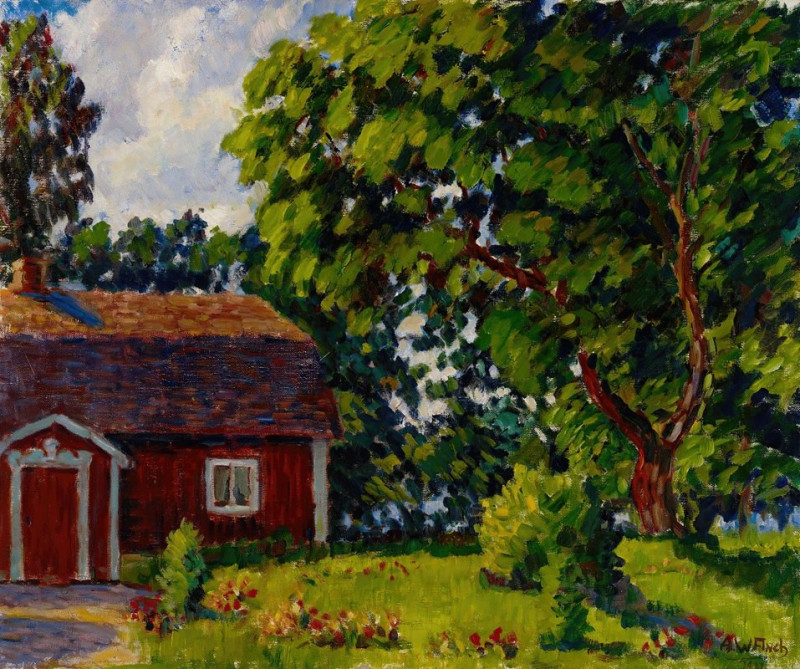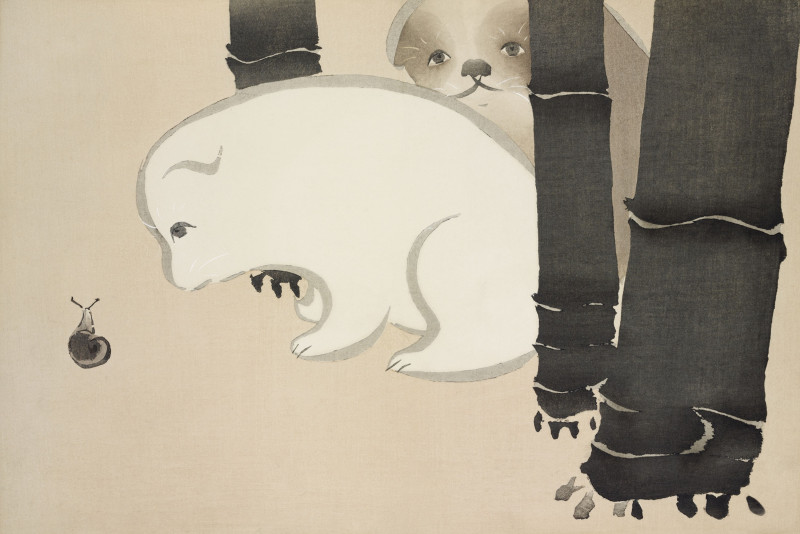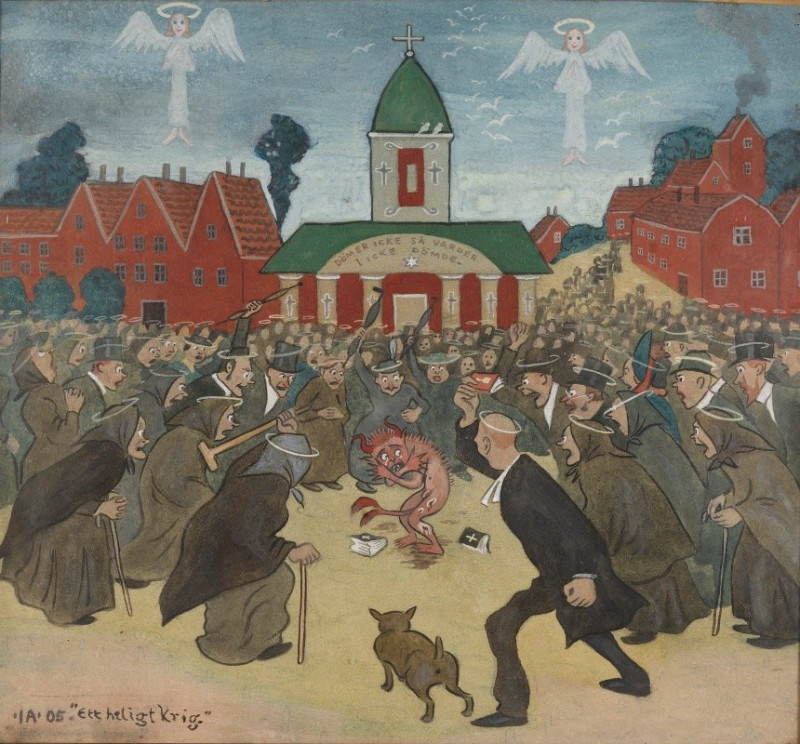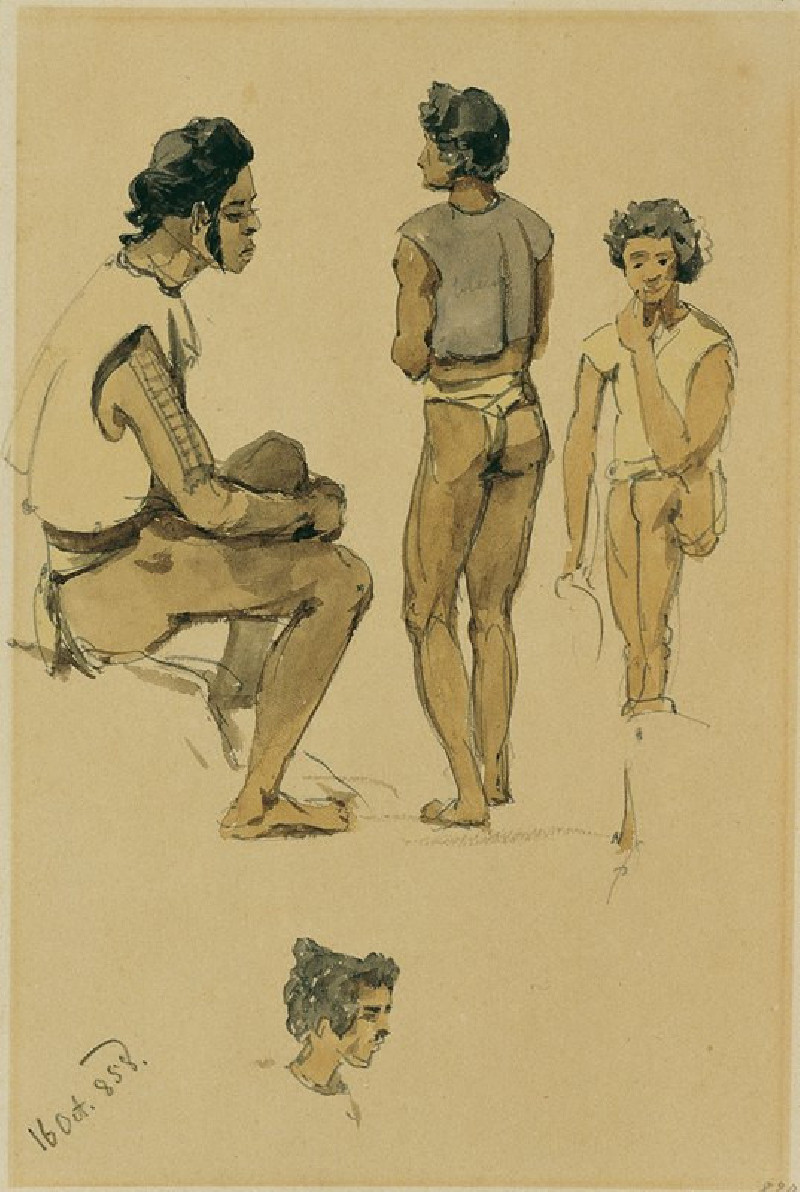Mr. Hobson of Markfield and Family (ca. 1806)
Technique: Giclée quality print
Recommended by our customers
More about this artwork
In "Mr. Hobson of Markfield and Family", John Constable elegantly captures the essence of family interaction in an early 19th-century setting. This sketch, rich in detail and character, offers a private glimpse into the daily life of Mr. Hobson and his family, portrayed in a serene, domestic environment.The artwork is characterized by its understated yet expressive use of lines and minimal color, showcasing Constable's masterful ability to convey depth and personality through simple sketches. The scene is set around a round table, possibly during a game or a meal, signifying the centrality of family gatherings. Each family member is engaged differently, contributing to a dynamic composition that speaks to the individuality of each person.In the foreground, a figure, presumably Mr. Hobson, is seated facing the viewer, offering an air of contemplation or restfulness. To his left and right, other family members are captured in conversation or deep in thought. Notably, the sketch also includes a charming detail of a pet, resting near the table, adding a sense of warmth and homeliness to the scene.Constable's use of soft pencil tones and fluid lines not only highlights his skill as a draftsman but also his ability to capture the tranquility and intimate moments of domestic life. This piece not only represents an artistic depiction of a family but also serves as a historical document, providing insights into the clothing, interior design, and social gatherings of the era."Mr. Hobson of Markfield and Family" is an exquisite example of John Constable's work that fans of British art and historical family portraits will find deeply appealing.
Delivery
Returns
John Constable RA was an English landscape painter in the Romantic tradition. Born in Suffolk, he is known principally for revolutionising the genre of landscape painting with his pictures of Dedham Vale, the area surrounding his home – now known as "Constable Country" – which he invested with an intensity of affection. "I should paint my own places best", he wrote to his friend John Fisher in 1821, "painting is but another word for feeling".


